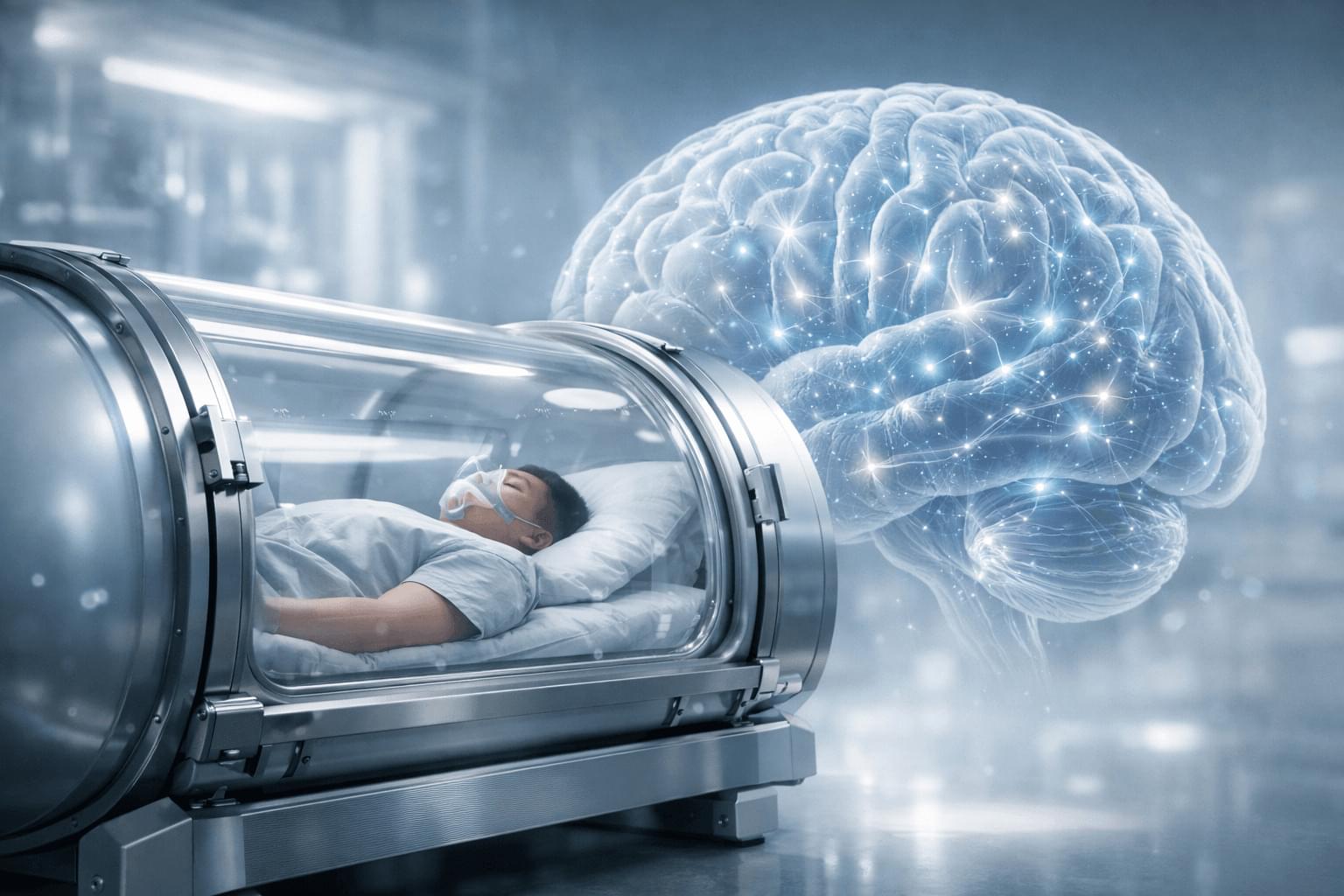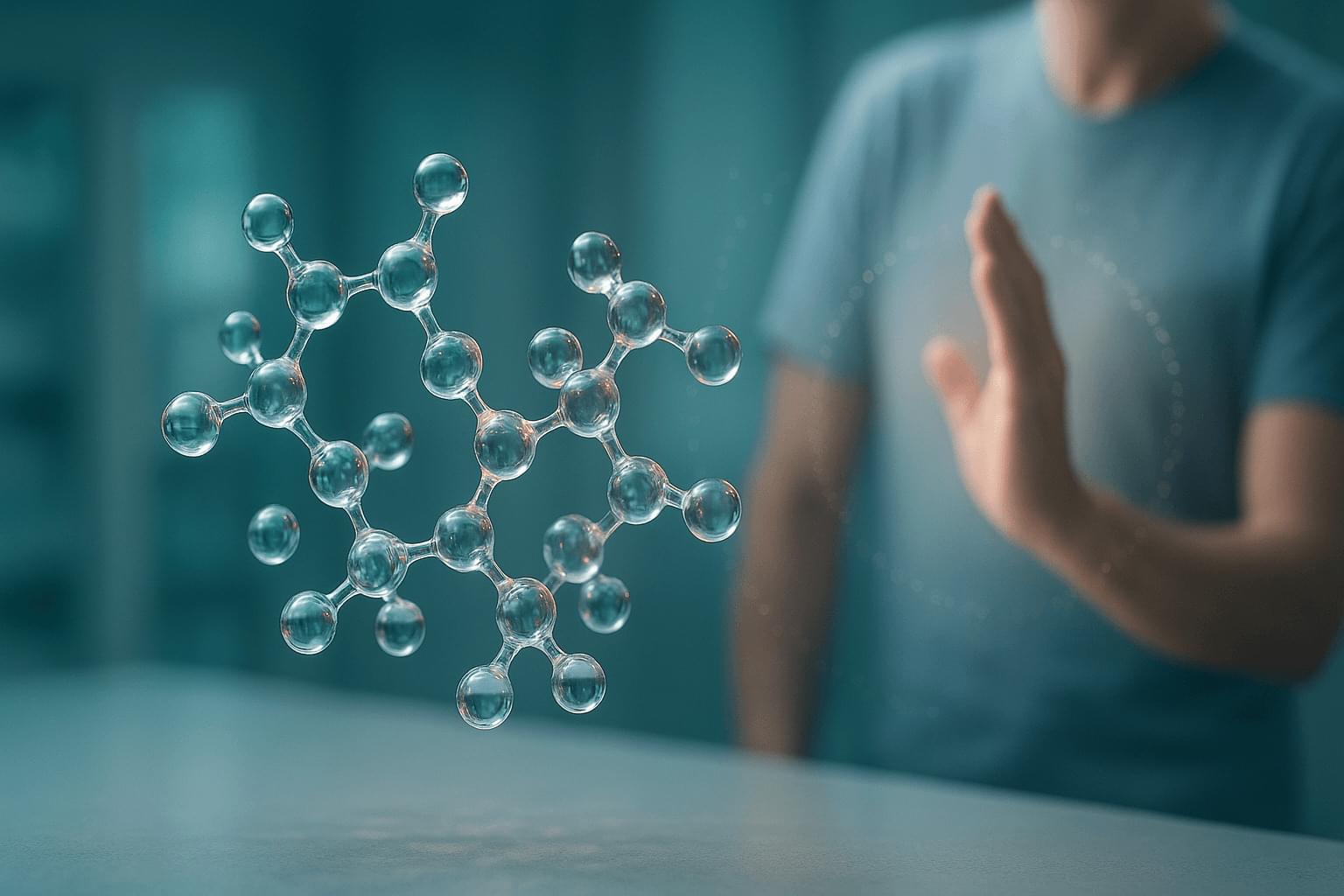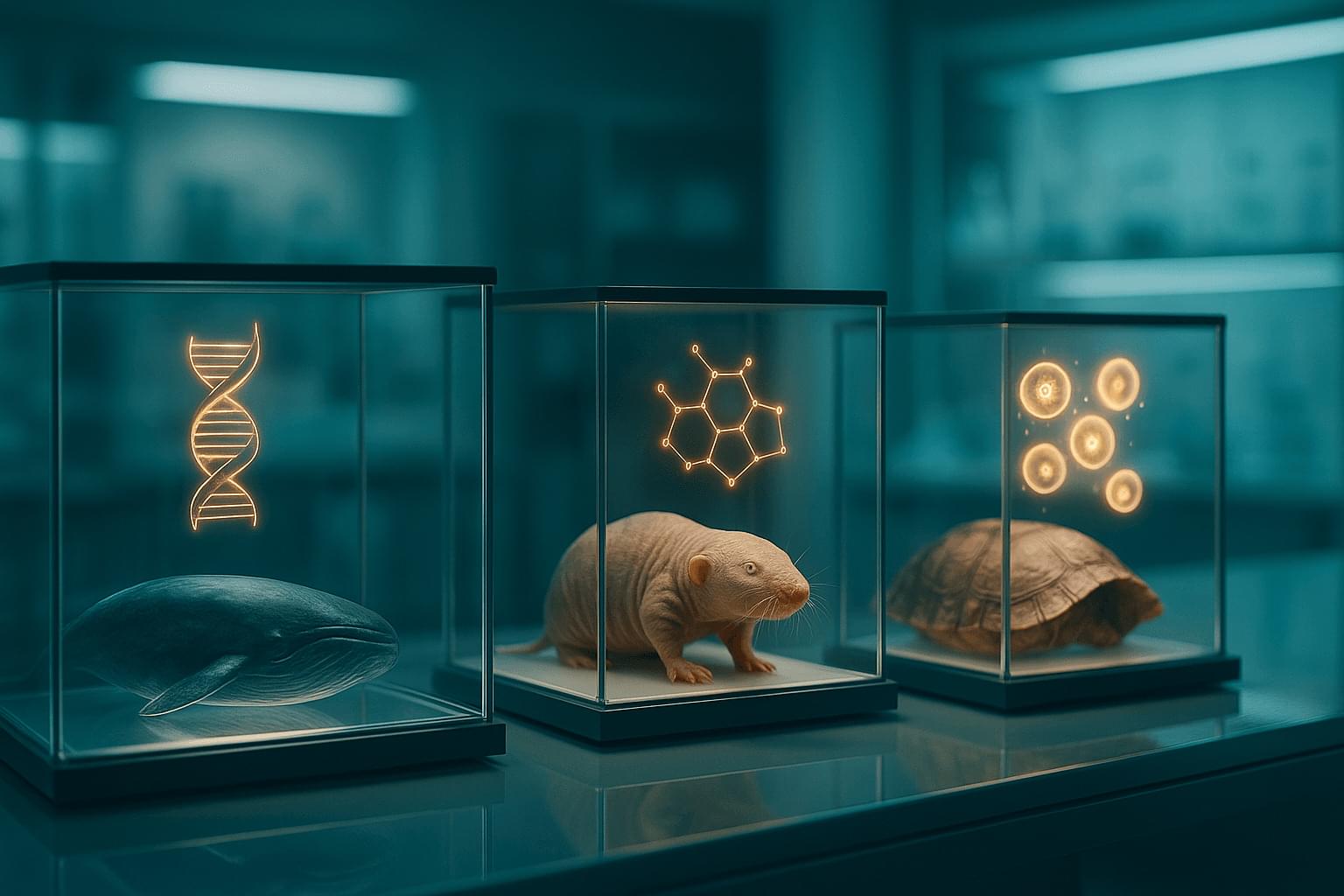Join the nerd club: patreon.com/c/u83887531/membership.
Star Trek brought us so much scifi tech that we have been waiting to see come to life and one of the biggest dreams of all is teleportation! To boldly go… to the other side of the world without an 18 hour flight!
This is the second episode in a series about Scifi Tech we’ll never have…soz!
Today we’ll talk about matter vs information, how quantum teleportation actually works, how much information a human body contains, how we would measure that information and transfer it and ultimately, that it all comes down to an identity crisis.
Chapters:
00:00 Introduction.
02:32 For the love of scifi.
07:20 Quantum information.
11:46 Quantum teleportation.
16:19 The human factor.
20:20 Heisenberg compensators.
22:13 The measurement destruction problem.
24:15 The timing problem.
25:53 The data problem.
30:58 The unavoidable energy cost.
33:11 The identity question.
Let me know what topic you’d like next! And if you want more then join the nerd club on Patreon or sign up for a youtube membership.
—
Subscribe for more science in your favourite sci-fi.
Things to read — papers are all open access versions:







